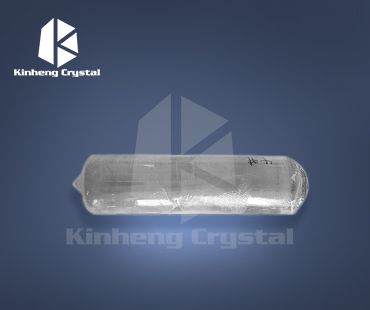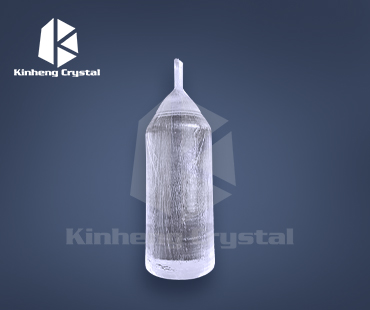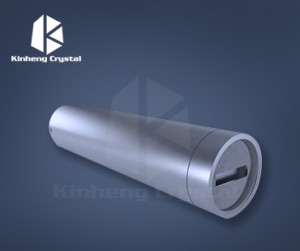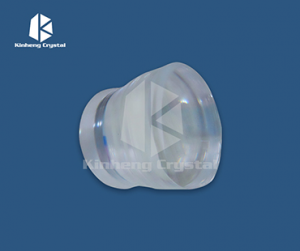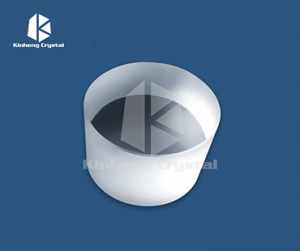YSO:Ce Scintillator, Yso Crystal, Yso Scintillator, Yso scintillation crystal
Advantage
● No background
● No cleavage planes
● Non-hygroscopic
● Good stopping power
Application
● Nuclear medical imaging (PET)
● High energy physics
● Geologic survey
Properties
| Crystal System |
Monoclinic |
| Melting Point (℃) |
1980 |
| Density(g/cm3) |
4.44 |
| Hardness (Mho) |
5.8 |
| Refractive Index |
1.82 |
| Light Output (Comparing NaI(Tl)) |
75% |
| Decay Time (ns) |
≤42 |
| Wavelength (nm) |
410 |
| Anti-radiation (rad) |
>1×108 |
Product Introduction
Scintillators with high light output can efficiently convert most of the absorbed radiation energy into detectable photons. This results in a higher sensitivity of radiation detection, allowing detection of lower levels of radiation or shorter exposure times.
A monoclinic scintillator is a scintillator material with a monoclinic crystal structure. Scintillators are materials that emit light when they absorb ionizing radiation, such as X-rays or gamma rays. This light emission, known as scintillation, can be detected and measured with a photodetector such as a photomultiplier tube or a solid-state sensor.
A monoclinic crystal structure refers to a specific arrangement of atoms or molecules within a crystal lattice. In the case of monoclinic scintillators, the atoms or molecules are arranged in a tilted or tilted manner, resulting in a characteristic crystal structure with specific physical and chemical properties. The monoclinic crystal structure can vary depending on the particular scintillator material, which can include organic or inorganic compounds.
Different monoclinic scintillators may have different scintillation properties, such as emission wavelength, light output, timing characteristics, and radiation sensitivity. Monoclinic scintillators are widely used in medical imaging, radiation detection and measurement, homeland security, nuclear physics, and high-energy physics, among which the detection and measurement of ionizing radiation is very important.
YSO Array for Imaging







